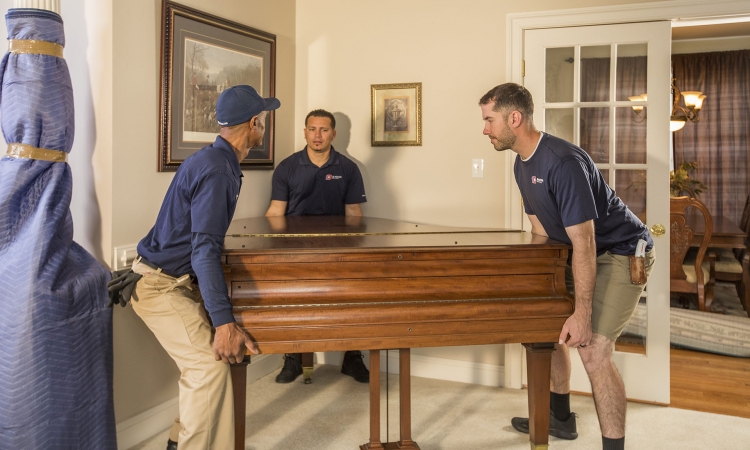Pianos have long been a common feature in households around the world. They serve as gathering places for holiday sing-alongs, display photos, and keepsakes, and are a source of many treasured family memories.
People have pianos of all shapes and sizes in their homes. The largest is the grand piano, which ranges in size from the concert grand to the baby grand. Grand pianos have strings that run horizontally down the length of the case from the keyboard.
Because of its smaller build and more affordable price, upright pianos are often preferred over the grand for the home. The strings run vertically in an upright, so they take up much less space than a grand.
The digital piano, a mix between a traditional piano and an electronic keyboard, is becoming popular. It still resembles a traditional grand or upright piano but doesn’t have the strings and hammers.
No matter the shape or size, a piano should always be handled with particular care during a move. Because of its size and weight, the potential for damage to the instrument or your home is increased.
Steps for Successful Piano Moving
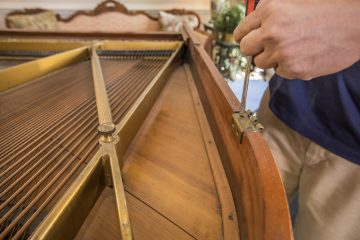
JK has facilitated thousands of successful piano moves using a dedicated process. First, the homeowner and move crew evaluate the condition of the piano prior to the move to ensure the instrument arrives in the same shape as when it left.
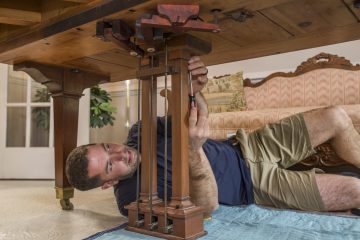
For a grand piano (of any size), the legs and pedal extensions are carefully removed, then wrapped and carried separately from the body.
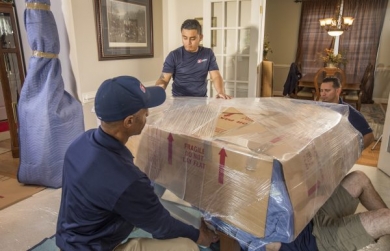
The body is wrapped in pads and covered with cellophane for extra protection. For an upright piano, the case is wrapped in pads and cellophane.
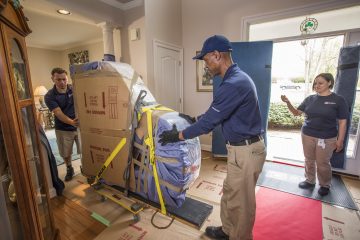
Depending on the size of the piano, up to 4 to 6 movers will assist in relocating it. Some will help guide the rest of the crew as they move the body through the house. The piano is reassembled when it arrives at the destination. Because pianos need regular tuning to stay in pitch, we recommend you tune your piano after each move.
Your piano will be ready to be enjoyed again when it’s safely delivered to your new home. For heirloom-quality instruments or high-value items, consider the added protection and expertise of our fine art movers team.
Editor’s note: This post was originally published on August 7, 2010, and has been recently updated.


